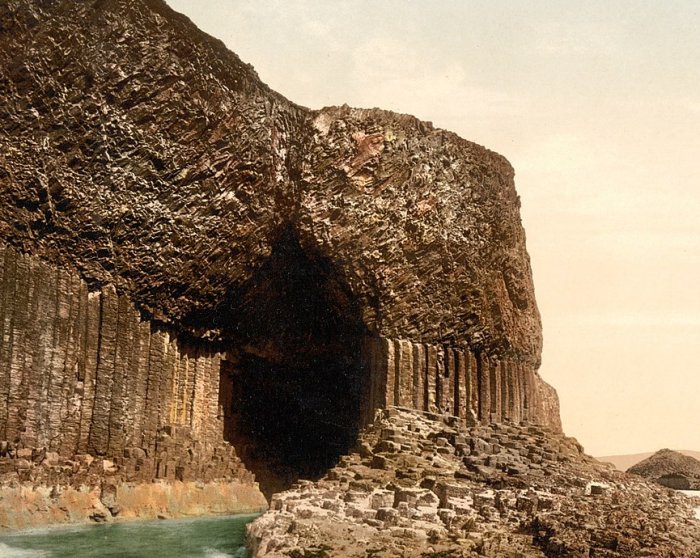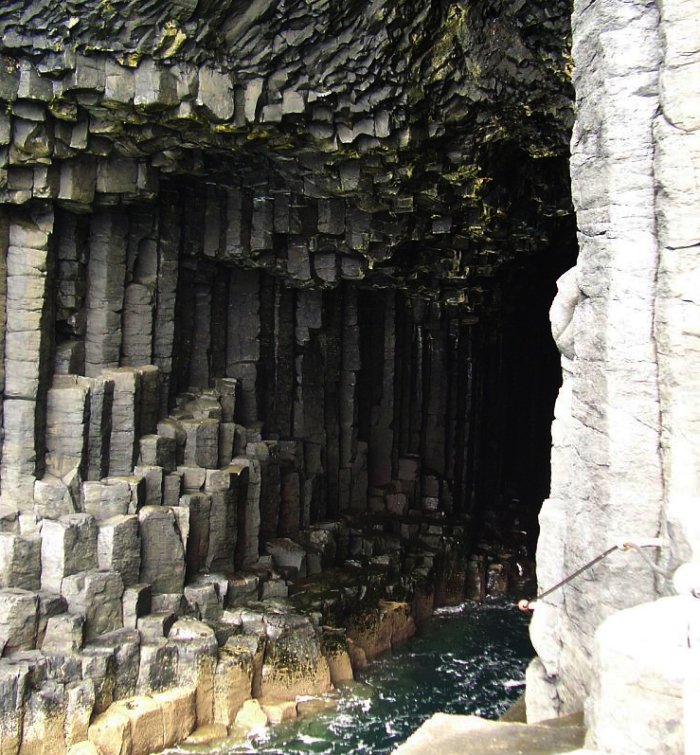Natural Wonders: ‘Fingal’s Cave’ – An Enigmatic Place Shrouded In Mystery And Legend
A.Sutherland - AncientPages.com - The cathedral-like structure - the least-visited and unique place in the world - is located on the barren and uninhabited island of Staffa, six miles off the western coast of Mull, which is part of the chain of islands known as the Inner Hebrides, Scotland.
Fingal's Cave, Island of Staffa, Scotland. Image credit: Unknown author - Public Domain
Bizarre basalt pillars, unusual symmetry, and eerie sounds produced by the echoes of waves can be admired in a vast sea cave formed from hexagonal basalt and known as Fingal's Cave.
A unique 69m (227 feet) tall structure results from intense volcanic activity approximately 60 million years ago.
The cave was formed from the most spectacular, hexagonally jointed black basalt columns.
Its height is 20m (66 feet), and its mouth, surrounded by these columns, has an opening of 13m (42 feet). The pillars are from 6 to 12 m high.
The cave was discovered in 1772 by Sir Joseph Banks (1743-1820), a British explorer and naturalist. He visited the island of Staffa and Fingal's Cave during his expedition to Iceland. Ancient records say that the island shakes so much during violent storms that one family occupying a small hamlet near the island's center in the late 1790s was forced to leave.
The hexagonal columns of basalt on Staffa seem to have unusual qualities.
Basalt columns inside Fingal's Cave. Image credit: Karl Gruber - CC BY-SA 3.0
According to Salvatore M. Trento's "Field Guide to Mysterious Places of the Pacific Coast," a magnetic anomaly exists in the area. Very high magnetic readings have been recorded approximately twenty feet from the cliff face. Still, near ancient paintings that cover columns, the milligauss (one-thousandth of a gauss) readings dropped.
Historical sources confirm that prehistoric inhabitants lived in the region 8,000 years ago. Were they aware of locations with low magnetic readings that could cause special effects?
The Scottish historical novelist and poet Sir Walter Scott saw the famous Fingal's Cave. They listened to the unearthly music emitted by the dark-colored basaltic columns and water, affected by the ebb and flow of tides.
According to legend, an Irish giant and hero, Fingal (Finn mac Cumhail), built Staffa to avoid getting his feet wet when he walked across the sea from the Giant's Causeway in Ireland to Scotland to "lift" cattle.
His impression was that the place is "a naturally adorned cathedral where one touches the spirit of God." The Gaelic name means "the Cave of Music."
Also, Giant's Causeway's unique structure is ascribed to Fingal, who built it in Antrim, Northern Ireland, to walk to Scotland to fight his rival giant, Benandonner.
Fingal and his giant warriors are common in ancient Celtic mythology.
Finn, whose name means: white, a fair-haired person, also possessed a magic horn, which bore a mysterious curse, and Knud Mariboe in 'The Encyclopedia Of The Celts' writes that 'Finn's mother was the granddaughter of Nuada, king of Erin (Ireland) and leader of the Tuatha De Danann, and Ethlinn, the mother of Lugh of the Long Hand, a sun god, worshipped in the Celtic world...'
Today no one believes that Fingal built the Staffa's magnificent cave and the Giant's Causeway, but rather Mother Nature did millions of years ago.
Nevertheless, places like these have always been seen as something special, possibly sacred or mythical.
Written by – A. Sutherland - AncientPages.com Senior Staff Writer
Updated on March 13, 2023
Copyright © AncientPages.com All rights reserved. This material may not be published, broadcast, rewritten or redistributed in whole or part without the express written permission of AncientPages.com
More From Ancient Pages
-
 Legend Of Fintan Mac Bochra Who Escaped The Great Flood And Became The First Man In Ireland
Featured Stories | Aug 26, 2021
Legend Of Fintan Mac Bochra Who Escaped The Great Flood And Became The First Man In Ireland
Featured Stories | Aug 26, 2021 -
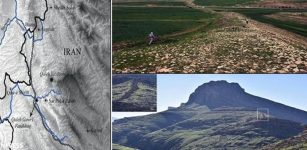 Discovery: Massive Gawro Wall Dated To The Antique Age: Was It A Symbolic Or Defensive Structure?
Archaeology | Nov 9, 2019
Discovery: Massive Gawro Wall Dated To The Antique Age: Was It A Symbolic Or Defensive Structure?
Archaeology | Nov 9, 2019 -
 Morrígan: Shape-Shifting Phantom Queen And Her Meeting With Irish Hero Cuchulainn
Celtic Mythology | Aug 7, 2017
Morrígan: Shape-Shifting Phantom Queen And Her Meeting With Irish Hero Cuchulainn
Celtic Mythology | Aug 7, 2017 -
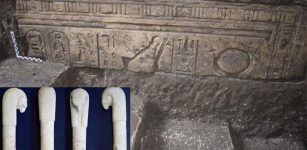 Ancient Tools Used In Religious Rituals In Honor Of Goddess Hathor Discovered In Egypt
Archaeology | Sep 27, 2021
Ancient Tools Used In Religious Rituals In Honor Of Goddess Hathor Discovered In Egypt
Archaeology | Sep 27, 2021 -
 Ancient City Machu Picchu Was Originally Called Huayna Picchu By The Incas – Study Of The Name Reveals
Archaeology | Mar 23, 2022
Ancient City Machu Picchu Was Originally Called Huayna Picchu By The Incas – Study Of The Name Reveals
Archaeology | Mar 23, 2022 -
 Perfectly Preserved Roman Tombs Discovered Near City Of Capua Where Spartacus Trained As Gladiator
Archaeology | Jan 7, 2021
Perfectly Preserved Roman Tombs Discovered Near City Of Capua Where Spartacus Trained As Gladiator
Archaeology | Jan 7, 2021 -
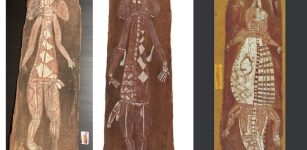 Solving The Bark Painting Mystery In Australia
Archaeology | Feb 23, 2023
Solving The Bark Painting Mystery In Australia
Archaeology | Feb 23, 2023 -
 Codes Of Ur Nammu: World’s Oldest Known Law Code
Ancient History Facts | Mar 11, 2016
Codes Of Ur Nammu: World’s Oldest Known Law Code
Ancient History Facts | Mar 11, 2016 -
 Egyptian Priest Sonchis Of Sais And His Story About Atlantis – Were The Shemsu Hor Survivors Of A Great Catastrophe That Ended The Ice Age?
Civilizations | Jun 8, 2017
Egyptian Priest Sonchis Of Sais And His Story About Atlantis – Were The Shemsu Hor Survivors Of A Great Catastrophe That Ended The Ice Age?
Civilizations | Jun 8, 2017 -
 Freemasons Secrets – American Democracy Is Part Of An Ancient Universal Plan – The Beginning And The Dream Of A Brotherhood Of Men – Part 1
Civilizations | Jul 12, 2018
Freemasons Secrets – American Democracy Is Part Of An Ancient Universal Plan – The Beginning And The Dream Of A Brotherhood Of Men – Part 1
Civilizations | Jul 12, 2018 -
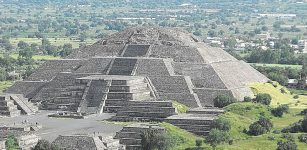 Pyramid Of The Moon At Teotihuacán – Underground Tunnel And Chamber Found
Archaeology | Oct 29, 2018
Pyramid Of The Moon At Teotihuacán – Underground Tunnel And Chamber Found
Archaeology | Oct 29, 2018 -
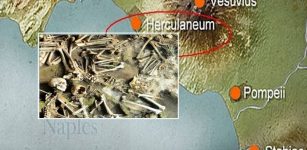 Roman Herculaneum: Men And Women Had Different Diets – New Study
Archaeology | Aug 26, 2021
Roman Herculaneum: Men And Women Had Different Diets – New Study
Archaeology | Aug 26, 2021 -
 Nalanda – One Of The Most Praised Learning Centers And Masterpiece Of Ancient World
Featured Stories | Aug 24, 2015
Nalanda – One Of The Most Praised Learning Centers And Masterpiece Of Ancient World
Featured Stories | Aug 24, 2015 -
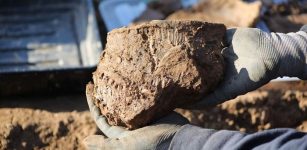 Bronze Age Finding Offer New Clues On The Beginnings Of Cardiff
Archaeology | Jul 15, 2022
Bronze Age Finding Offer New Clues On The Beginnings Of Cardiff
Archaeology | Jul 15, 2022 -
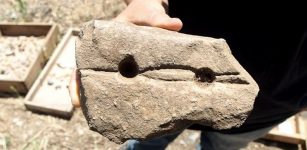 Stone Slab c. 9,000-Year-Old Used In Making Fire Discovered Not Far From Jerusalem, Israel
Archaeology | May 17, 2017
Stone Slab c. 9,000-Year-Old Used In Making Fire Discovered Not Far From Jerusalem, Israel
Archaeology | May 17, 2017 -
 Powerful Thunderbird Sent By The Gods To Protect Humans From Evil In Native American Legends
Featured Stories | Mar 26, 2017
Powerful Thunderbird Sent By The Gods To Protect Humans From Evil In Native American Legends
Featured Stories | Mar 26, 2017 -
 Could Aztec Innovative ‘Chinampas’ – ‘Floating Islands’ Help Modern Farmers?
Archaeology | Nov 4, 2019
Could Aztec Innovative ‘Chinampas’ – ‘Floating Islands’ Help Modern Farmers?
Archaeology | Nov 4, 2019 -
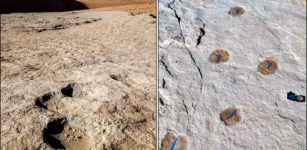 120,000-Year-Old Human Footprints Discovered In Saudi Arabia
Archaeology | Sep 18, 2020
120,000-Year-Old Human Footprints Discovered In Saudi Arabia
Archaeology | Sep 18, 2020 -
 Bronze Age Royal Tombs Unearthed In Ruins Of Ancient City Of Pylos, Greece
Archaeology | Dec 30, 2019
Bronze Age Royal Tombs Unearthed In Ruins Of Ancient City Of Pylos, Greece
Archaeology | Dec 30, 2019 -
 Magnificent Meteora And ‘Suspended In The Air’ Greek Monasteries
Featured Stories | May 5, 2021
Magnificent Meteora And ‘Suspended In The Air’ Greek Monasteries
Featured Stories | May 5, 2021

